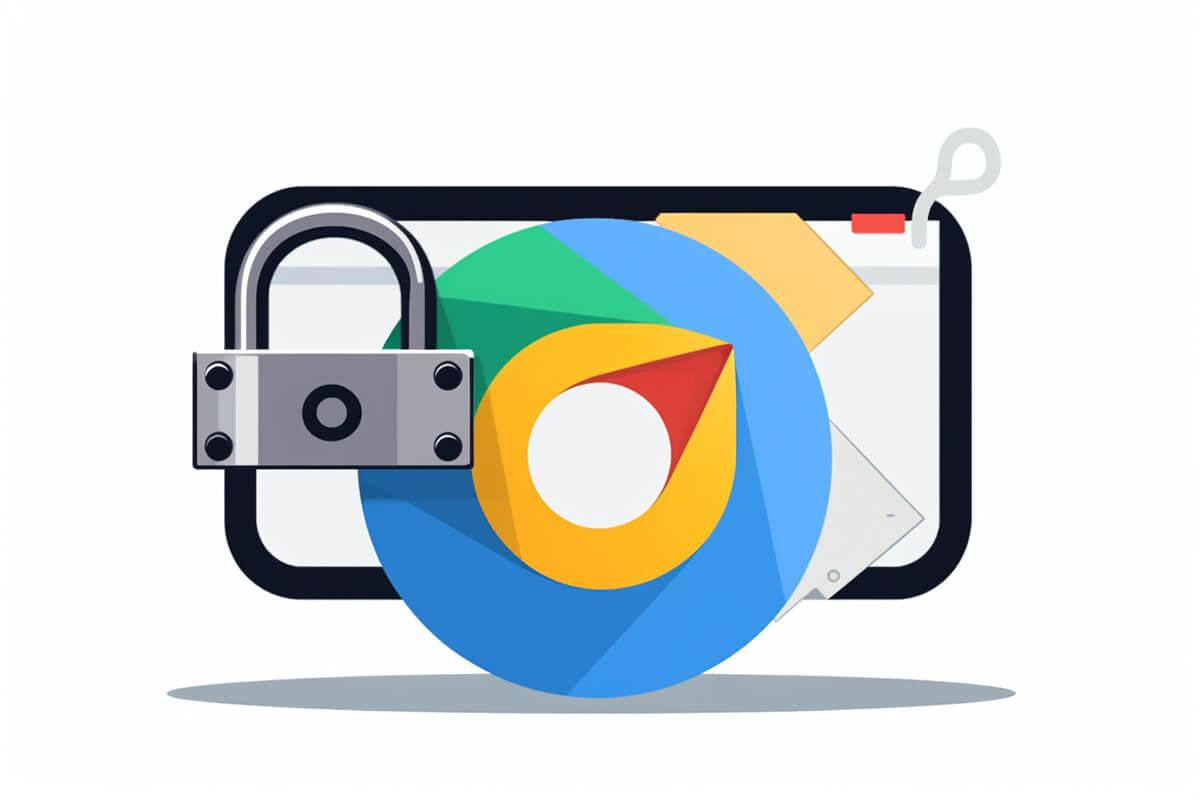Let's Encrypt has emerged as a pivotal force in the domain of web hosting and website security. Functioning as a non-profit certificate authority, this organization supplies free SSL/TLS certificates to web servers, empowering website owners to fortify their security practices without bearing any extra expenses. This not only promotes the adoption of robust security measures but also makes secure browsing experiences accessible to a broader audience, ultimately contributing to a safer and more reliable internet for everyone.
Here are the ways Let's Encrypt contributes to improving website security and the overall web environment:
-
Amplifying Security Measures: By providing free SSL certificates, Let's Encrypt facilitates the adoption of HTTPS, the secure version of HTTP. Consequently, data transmitted between a user's browser and a website is encrypted, ensuring sensitive information is protected from potential interception by malicious entities.
-
Building Trust and Confidence: When a website employs HTTPS, browsers display a padlock icon, signifying a secure connection. This visual indicator bolsters trust and confidence in the site, motivating visitors to engage with the content and continue exploring.
-
Encouraging Widespread Adoption of HTTPS: The availability of free SSL certificates from Let's Encrypt incentivizes web hosts and website owners to adopt HTTPS, ultimately fostering a safer online environment for all users as an increasing number of sites prioritize security.
-
Democratizing Web Security: By offering SSL certificates at no cost, Let's Encrypt helps level the playing field for small businesses and individual website owners who may not have the financial resources to purchase certificates from commercial certificate authorities. This ensures that a wider range of websites can provide a secure browsing experience for their users.
-
Fostering Collaboration and Innovation: Let's Encrypt's open-source nature encourages collaboration and innovation in the field of web security. The community-driven approach allows for continuous improvement and adaptation to emerging security challenges, contributing to a safer and more resilient internet ecosystem.
Setting Up a Let's Encrypt SSL Certificate Using Common Web Servers
To set up a Let's Encrypt SSL certificate, you will need to use an ACME (Automatic Certificate Management Environment) client, which automates the process of obtaining and renewing SSL certificates. One popular ACME client is Certbot. In this guide, we will cover how to install and configure a Let's Encrypt SSL certificate using Certbot on the most common web servers, such as Apache, Nginx, and Microsoft IIS.
Apache
To install Certbot and obtain an SSL certificate for your Apache server, follow these steps:
1. Install Certbot: Use your server's package manager to install Certbot and the Apache plugin. For example, on Ubuntu, you would run:
sudo apt-get update sudo apt-get install certbot python3-certbot-apache
2. Obtain and Install the SSL Certificate: Run the following command, replacing "yourdomain.com" with your website's domain name:
sudo certbot --apache -d yourdomain.com -d www.yourdomain.com
3. Automatic Renewal: Certbot will automatically renew your SSL certificate before it expires. To test the renewal process, run:
sudo certbot renew --dry-run
Nginx
To install Certbot and obtain an SSL certificate for your Nginx server, follow these steps:
1. Install Certbot: Use your server's package manager to install Certbot and the Nginx plugin. For example, on Ubuntu, you would run:
sudo apt-get update sudo apt-get install certbot python3-certbot-nginx
2. Obtain and Install the SSL Certificate: Run the following command, replacing "yourdomain.com" with your website's domain name:
sudo certbot --nginx -d yourdomain.com -d www.yourdomain.com
3. Automatic Renewal: Certbot will automatically renew your SSL certificate before it expires. To test the renewal process, run:
sudo certbot renew --dry-run
Microsoft IIS
For Microsoft IIS servers, you can use an ACME client like Certify the Web or Win-ACME to obtain and install a Let's Encrypt SSL certificate.
1. Certify the Web: Download and install Certify the Web from https://certifytheweb.com/. Follow the on-screen instructions to configure the software and obtain an SSL certificate for your domain.
2. Win-ACME: Download and install Win-ACME from https://www.win-acme.com/. Follow the documentation to configure the client, obtain an SSL certificate, and set up automatic renewal.
By setting up a Let's Encrypt SSL certificate on your web server, you'll be taking an important step toward enhancing your website's security and the safety of the web as a whole.
